[et_pb_section fb_built=”1″ _builder_version=”4.16″ _module_preset=”default” global_colors_info=”{}”][et_pb_row _builder_version=”4.16″ _module_preset=”default” global_colors_info=”{}”][et_pb_column type=”4_4″ _builder_version=”4.16″ _module_preset=”default” global_colors_info=”{}”][et_pb_image src=”https://statlabdiagnostics.com/wp-content/uploads/2023/08/What-is-demand-on-Healthcare-scaled.jpg” title_text=”Medical,Marketing,And,Healthcare,Business,Analysis,Report” _builder_version=”4.16″ _module_preset=”default” global_colors_info=”{}”][/et_pb_image][et_pb_text _builder_version=”4.16″ _module_preset=”default” global_colors_info=”{}”]
The on-demand healthcare market is one of the fastest-growing sectors in healthcare. Valued at $150.6 billion in 2021, the market is forecast to grow at a rate of nearly 16% per year through 2030.
While telehealth is part of on-demand, the use of virtual visits peaked during COVID and has since fallen by more than 38%. What’s driving the increase in on-demand healthcare is convenience. There are more than 6,000 urgent care centers in the U.S. providing convenient, on-demand care. Each year, more than 89 million patients visit urgent care clinics, accounting for nearly a third of all primary care visits.
In the Denver area, we operate 7 AFC Urgent Care Centers as part of our Urgent Care Solutions company.
On-demand urgent care clinics are filling a huge gap in the healthcare continuum. More than a third of the patients visiting urgent care clinics do not have primary care providers. These are often patients that in the past would have delayed getting healthcare or waited until it was more serious and required a visit to a hospital emergency room.
These clinics help keep operating costs down for hospitals by reducing patient loads in emergency rooms and offering walk-in healthcare and testing at a fraction of the cost of ER visits.
More Efficient for Patients
A benchmark study done by the Urgent Care Association (UCS) showed that on-demand is efficient for patients:
- 70% of patients visiting an urgent care center wait less than 20 minutes to see a provider.
- Nearly 94% of patients are seen in less than 30 minutes.
- 85% of patients are taken care of in less than an hour.
During the pandemic, urgent care clinics also became a resource for patients to get COVID testing on-demand. At one point, urgent care clinics were handling more than 725,000 tests per week — roughly 10% of the total tests being given.
The Benefits of Urgent Care
UCA lists these benefits of using urgent care facilities for on-demand healthcare:
- More flexible hours. Getting sick or injured doesn’t happen on a schedule. Urgent care clinics often have more flexible hours, including nights or weekends, to handle healthcare needs that might otherwise result in trips to the ER.
- Saving money. Urgent care solutions are significantly less expensive than ER visits and may be cheaper than going to primary care doctors.
- No appointments are necessary. Urgent care clinics offer walk-in services, which means you can choose when you want to go and don’t have to worry about fitting into openings in your primary care provider’s schedule.
- Treat a wide range of healthcare concerns. While it’s best to head straight to the emergency room for life-threatening emergencies, urgent care centers can handle a lot more than just colds and flu. Most offer X-rays and lab tests and specialize in injury treatments such as cuts, lacerations, bruises, sprains, and broken bones.
Urgent care visits are on the rise across generations. Millennials, who increasingly don’t have primary care physicians, and older patients with Medicare coverage are choosing on-demand healthcare at urgent care clinics more frequently.
[/et_pb_text][/et_pb_column][/et_pb_row][/et_pb_section]
